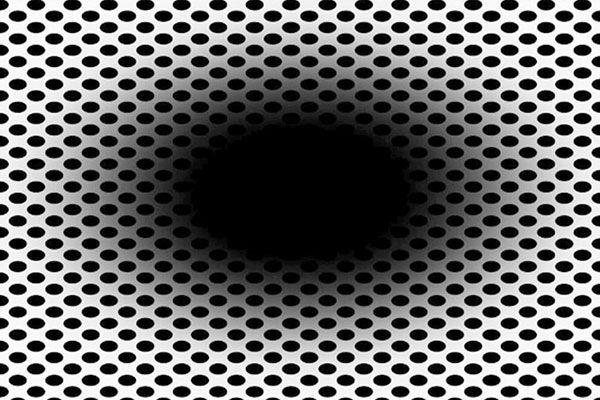Optical illusions aren’t just fun tricks. They reveal how our brains actively construct reality rather than simply recording it. Here are five mind-blowing facts about optical illusions that will change how you see the world!
1. Your brain edits reality before you perceive it
You might think you see the world as it is, but your brain processes and edits visual information before you even become aware of it. In fact, your brain fills in gaps, corrects colors, and even predicts what comes next based on past experiences. That’s why illusions like the color-changing checker shadow (Adelson’s Illusion) work—your brain adjusts for lighting, even when the colors are objectively the same!
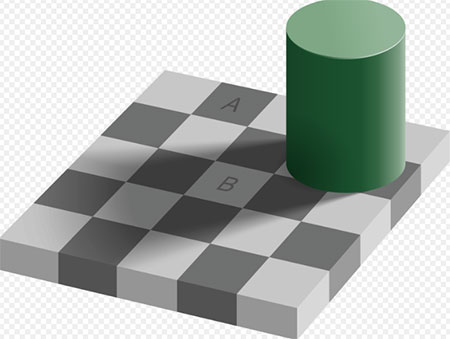
2. Your brain chooses between two interpretations—but never both
Ambiguous illusions, like the Necker Cube or the famous Rubin’s Vase, show how your brain can flip between two different interpretations, but it can’t see both at the same time. This happens because your brain constantly makes quick decisions about depth, perspective, and context, forcing one interpretation while suppressing the other.
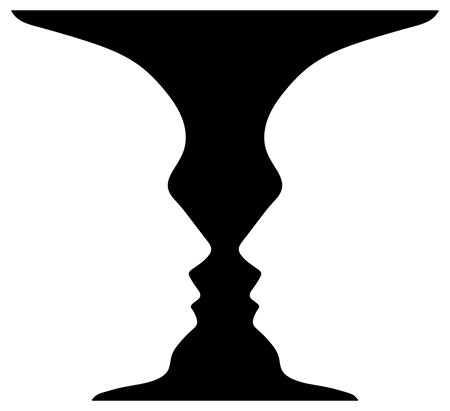
3. The dress that broke the internet was a battle between color constancy and lighting
In 2015, “The Dress” (blue & black or white & gold?) went viral, dividing the world. This phenomenon was caused by color constancy, where your brain adjusts colors based on perceived lighting conditions. Some people assumed the dress was in shadow (making it look white and gold), while others saw it in bright light (making it look blue and black).
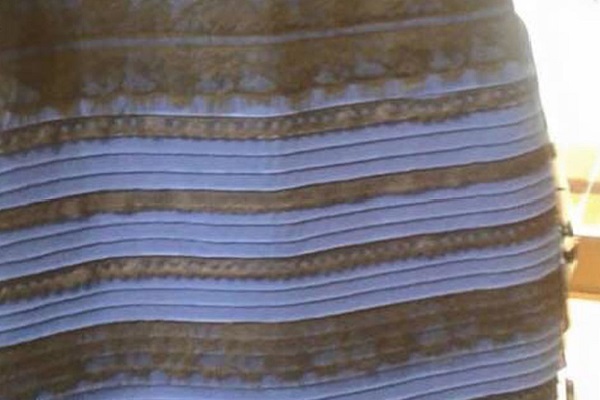
The Bezold Effect also plays a role, where surrounding colors affect how we perceive an object’s true shade.
4. Motion illusions work because your brain predicts the future
Ever seen an illusion where a still image looks like it’s moving? These “motion illusions,” like the Rotating Snakes illusion, occur because your brain predicts motion based on past experiences. Your visual system tries to speed up processing by guessing where objects will be next. This leads to the false perception of movement in static images.
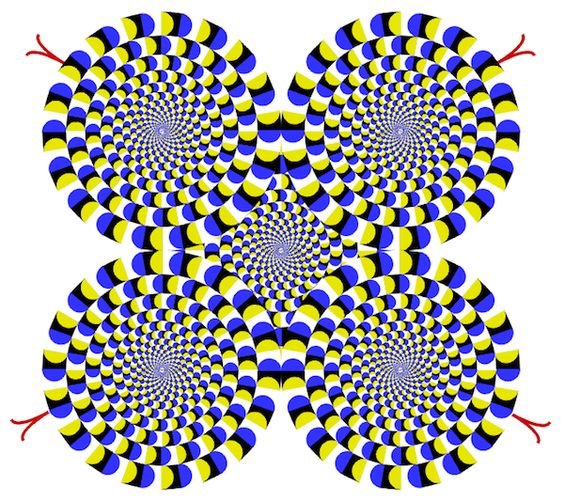
5. You see in 2D, but your brain creates 3D depth
Your eyes capture a flat, 2D image, yet you see a rich, three-dimensional world. That’s because your brain uses depth cues like shadows, perspective, and relative size to construct 3D space in your mind. This is why illusions like the Ames Room or the Hollow Mask illusion can trick you—your brain applies familiar depth rules even when they don’t actually make sense.

Optical illusions aren’t just cool—they reveal how your brain builds your reality. Next time you see an illusion, remember: your eyes don’t deceive you—your brain does!
